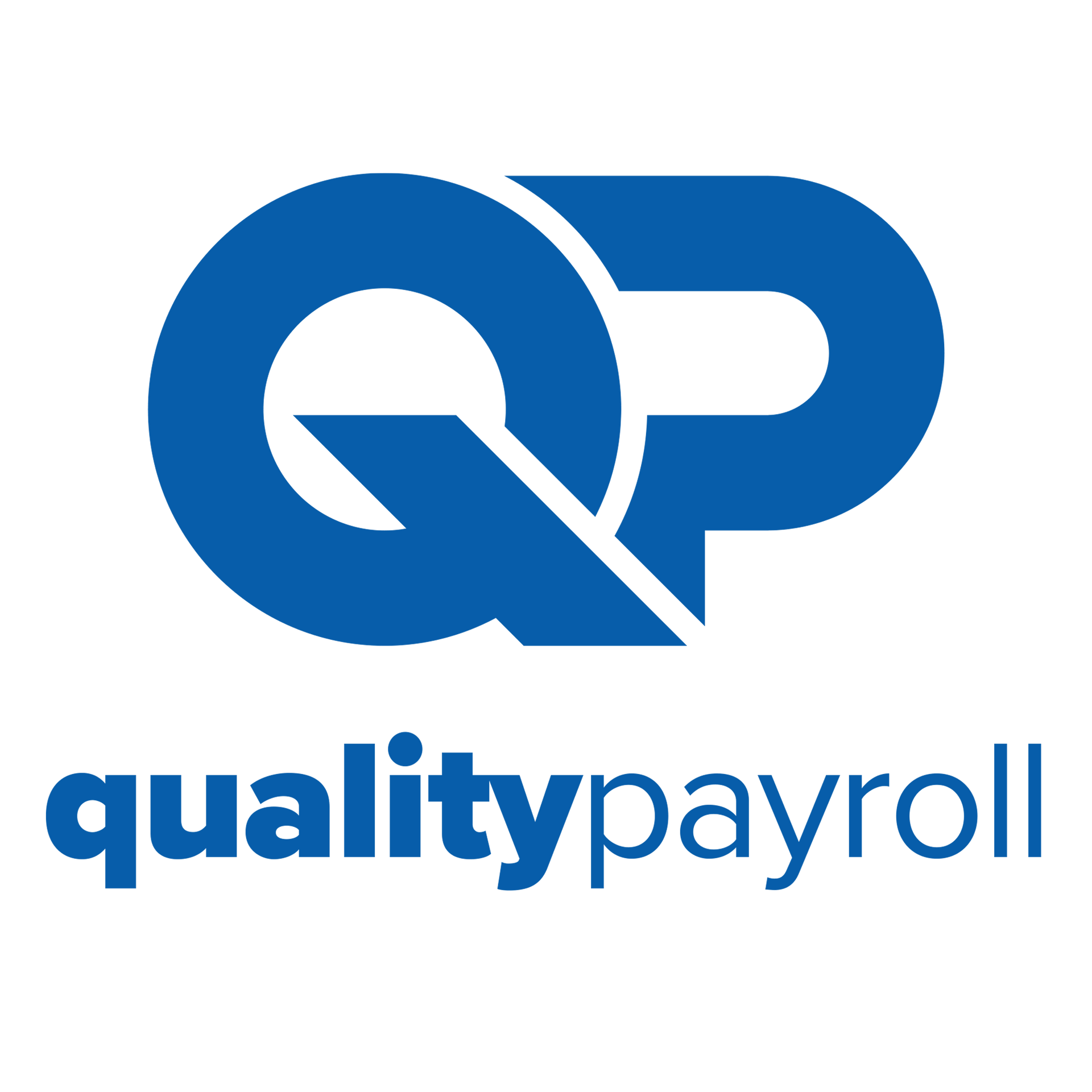Navigating Employee Classifications: Find Clarity Amid Complexity
Understanding the various categories of employees within an organization can often seem like navigating a labyrinth of complexity. These classifications, which encompass full-time, part-time, temporary, and independent contractors among others, each bear unique implications for both employee rights and employer obligations.
Understanding Employee Classifications
When it comes to managing a small business, the distinction between an exempt employee, a non-exempt employee, and an independent contractor isn't just HR lingo—it's the bedrock for making sure you're playing by the rules. Let's break it down. Exempt employees are usually salaried workers who don't qualify for overtime pay, while non-exempt employees are typically hourly workers who are owed overtime when they work more than 40 hours per week. Independent contractors, on the other hand, operate independently from the business and aren't covered by the same labor laws as employees.
Getting this right matters more than most of us realize. Misclassify an employee, and you're looking at everything from back taxes to fines—and let's not even talk about the headache of legal action. It's your responsibility as an employer to understand the specific criteria that determine worker classification, like the autonomy of the worker, the nature of the work, and the permanence of the relationship. If you’re curious about the specifics, you can find a deep dive with all the official criteria at the
U.S. Department of Labor website.
The Risks of Misclassification
Imagine this: you've been operating your business smoothly, but suddenly, a misclassification issue pops up, and you're hit with fines that set you back months if not years. These aren't just scare tactics; they're the real risks that come with not taking employee classifications seriously. The consequences can be harsh, ranging from paying back wages to dealing with lawsuits that can tarnish your reputation and disrupt your operations.
Think of it from an employee's perspective too. Getting it wrong affects their bottom line and the benefits they're entitled to, like healthcare and pension contributions. Plus, if word gets out that you're not treating your employees fairly, say goodbye to retaining top talent or even attracting it in the first place. Small businesses in fast-growing regions, such as Sandy and Hurricane in Utah, rely on a strong team, and anything that can affect recruitment and retention should be on your radar.
Steps to Classify Employees Correctly
First things first, when you bring on a new member to your team, you want to make sure they're slotted correctly from the get-go. It's a bit like setting the foundation for a house—if it's solid, everything else falls into place. So, how do you go about this? Start with a thorough job analysis. Determine what the job entails, the level of supervision required, and the extent of the employee's decision-making power. These are tell-tale signs that point you towards the correct classification.
Once you've got a solid understanding of the job's ins and outs, it's time to bring out the guideline handbook—specifically, the Fair Labor Standards Act (FLSA) and the Internal Revenue Service’s (IRS) rules. These resources lay out the nitty-gritty details you need to align with federal regulations. If you're unsure where to find these guidelines, the
IRS’s official website is a good starting point. Armed with this information, you're better equipped to classify your employees accurately and confidently.
Navigation Tools and Resources
Thankfully, you don't have to go it alone when navigating the maze of employee classification. There are a plethora of tools and resources out there that can act as your compass. Reliable resources include government websites and reputable legal advisories. They offer quizzes, checklists, and guidelines that can guide you through each decision you have to make.
And let's not forget about keeping up to date with the ever-evolving employment laws—it’s something you can't afford to overlook. Regulations can change as quickly as the weather in Hurricane, UT, and what's compliant today may not be tomorrow. A pro tip is to sign up for newsletters from legal resources or even local government updates that can notify you about changes impacting your business.
In those situations where you're scratching your head, wondering if you've got it right, there's no shame in reaching out for a lifeline. Professional advice from a seasoned HR consultant or employment attorney can be the difference between smooth sailing and stormy seas. They can take a look at your specific situation and provide advice tailored to your business's context.
Best Practices for Employee Classification Management
Employee roles are as dynamic as the businesses they support. That's why it's critical to regularly revisit and update your classification decisions. Like a well-oiled machine, your business keeps running smoothly when every part is in the right place – and your employees are no different. Here's what to keep in mind: Conduct regular audits, perhaps once a year or when job duties change significantly. This proactive step can save you the trouble of dealing with compliance issues down the line.
Setting up channels for employee feedback is also a smart move. Sometimes, the folks doing the day-to-day work have insights that might not be visible from the top. They can alert you to shifts in their job roles that could affect their classification status.
And don't underestimate the value that outsourced payroll services can add. Without naming names, a solid partner can handle these classifications with a deft hand, ensuring compliance and letting you focus on the broader business landscape. This isn't just about delegation; it's about tapping into expertise that's dialed into the specifics of payroll and benefits so you don't have to be.
A Look at Cultural and Geographical Differences
Context matters—a lot. If you're a business owner in Sandy or Hurricane, Utah, you're working within a specific cultural and geographical framework that influences how you classify your employees. For instance, local employment laws in Utah might tack on additional requirements to the federal baseline. Keeping up with these nuances can greatly influence your decision-making process.
And then there's the culture within your company and your wider community. In a place where flexibility and innovation are highly valued, you might find yourself with more independent contractors than a business in a region with more traditional employment structures. Recognizing and adapting to these local norms can help your business stay relevant and competitive while still complying with classification laws.
Case Studies: Small Business Owner Experiences
Let's talk about Sam, a small business owner from Sandy, Utah, who represents the many entrepreneurs we've seen navigating the tricky waters of employee classification. Sam learned the hard way that what works for a Silicon Valley startup doesn't always apply in Sandy. After a couple of close calls with classification errors, Sam redoubled efforts to understand the local regulations and maintain clear job descriptions that reflect actual responsibilities. Now, with a firm grip on each employee's role and rights, Sam enjoys the tranquility of knowing the business is in compliance and that the team is well taken care of.
Then, there's Alex from Hurricane, who found that sometimes, hiring independent contractors is the best fit for project-based work. This flexibility allowed the business to scale with the ebb and flow of demand without compromising compliance. These real-life examples prove that clarity in classification not only supports legal compliance but also underpins a company's ability to adapt and thrive.
Now, wrapping things up, remember the importance of proper employee classification. It's not the flashiest part of running a business, but it's as vital as keeping the lights on. The peace of mind that comes from knowing you're on the right side of the law, and that your employees are treated fairly, is invaluable.
For all the Sams out there running their growing businesses, remember to consider employee classification as a key part of your HR strategy. It's a pivotal piece that ensures your operations are efficient, compliant, and ready for success. And while at it, don't forget that there are partners available to help shoulder the load. If you're looking to outsource your payroll and benefits administration, take a peek at services that cater to keeping small businesses like yours in compliance. You can find trustworthy assistance that blends expertise with a personalized touch—something that aligns with your own business values.
If your business could benefit from specialized support in payroll and benefits administration, it might be time to
explore your options. Partnering with a provider like Quality Payroll & Benefits could be the strategic choice.










